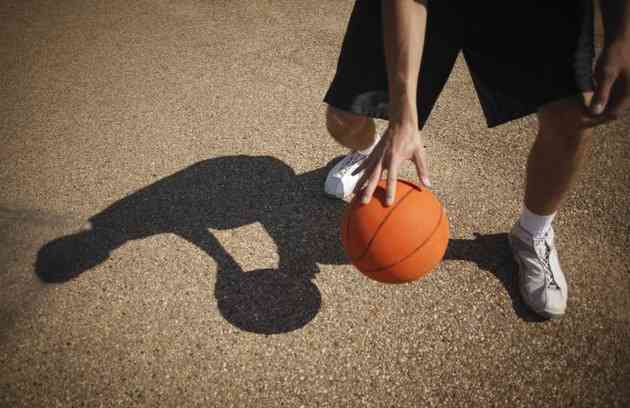Why Do Baseball Players Use Pine Tar?

The sticky, brown substance known as pine tar is produced through distillation of pine wood. Baseball players coat their bats -- and sometimes their hands and helmets -- in this sticky substance in the hopes of getting the best grip on their bats. Pine tar is available in different forms and has even been a source of controversy in Major League Baseball.
 A close-up of bin full of baseball bats. (Image: AvatarKnowmad/iStock/Getty Images)
A close-up of bin full of baseball bats. (Image: AvatarKnowmad/iStock/Getty Images)Significance
Sailors have traditionally used pine tar to preserve wood on a boat. Pine tar, pitch, rosin and turpentine were all products made and used for shipping. However, over time the use for shipping became less due to new products manufactured as sealants. This gave way to pine tar being used as an ingredient in soap, shampoo and veterinary medicines. Its sticky properties made it ideal for use for baseball players, who needed something to better grip their bats. Baseball players add pine tar to their bats to provide enough traction to produce a powerful swing.
Types
Pine tar is available in a liquid form that is spread on a leather mat. The mat is then rubbed on the handle of a baseball bat to make the grip stickier. The pine tar also may be combined with dirt and rosin to increase the stickiness. Some players place the pine tar on their helmet. While at bat, they will rub their helmets to put more pine tar on their bats. Another form is a pine tar stick. This method resembles a large piece of chalk and is considered less sticky than liquid pine tar. Because pine tar can be messy, some players prefer the pine tar stick to enhance their bat grips.
Regulations
Pine tar is permitted to enhance the grip of the bat, according to the Official Guidelines for Major League Baseball. However, the pine tar cannot cover more than 18 inches of the bat handle. If the pine tar extends more than this, the umpire has the right to remove the bat from competition. However, this must be before the bat is in play -- the umpire cannot declare the batter out if the batter has already used the bat to get a hit.
The Pine Tar Game
Pine tar's use and baseball's rules most famously converged in a July 24, 1983, game where the New York Yankees played the Kansas City Royals. After hitting a game-winning home run, the baseball umpire noticed that George Brett's bat exceeded the 18-inch pine tar rule. The umpire then called Brett out, resulting in a loss for the Royals. The incensed Royals and Brett protested the game, and Major League Baseball determined the call was not in the spirit of the rule itself. The final four outs were replayed and the Royals won the game. At that time, the rules were amended to read that a player could not be thrown out after hitting.




